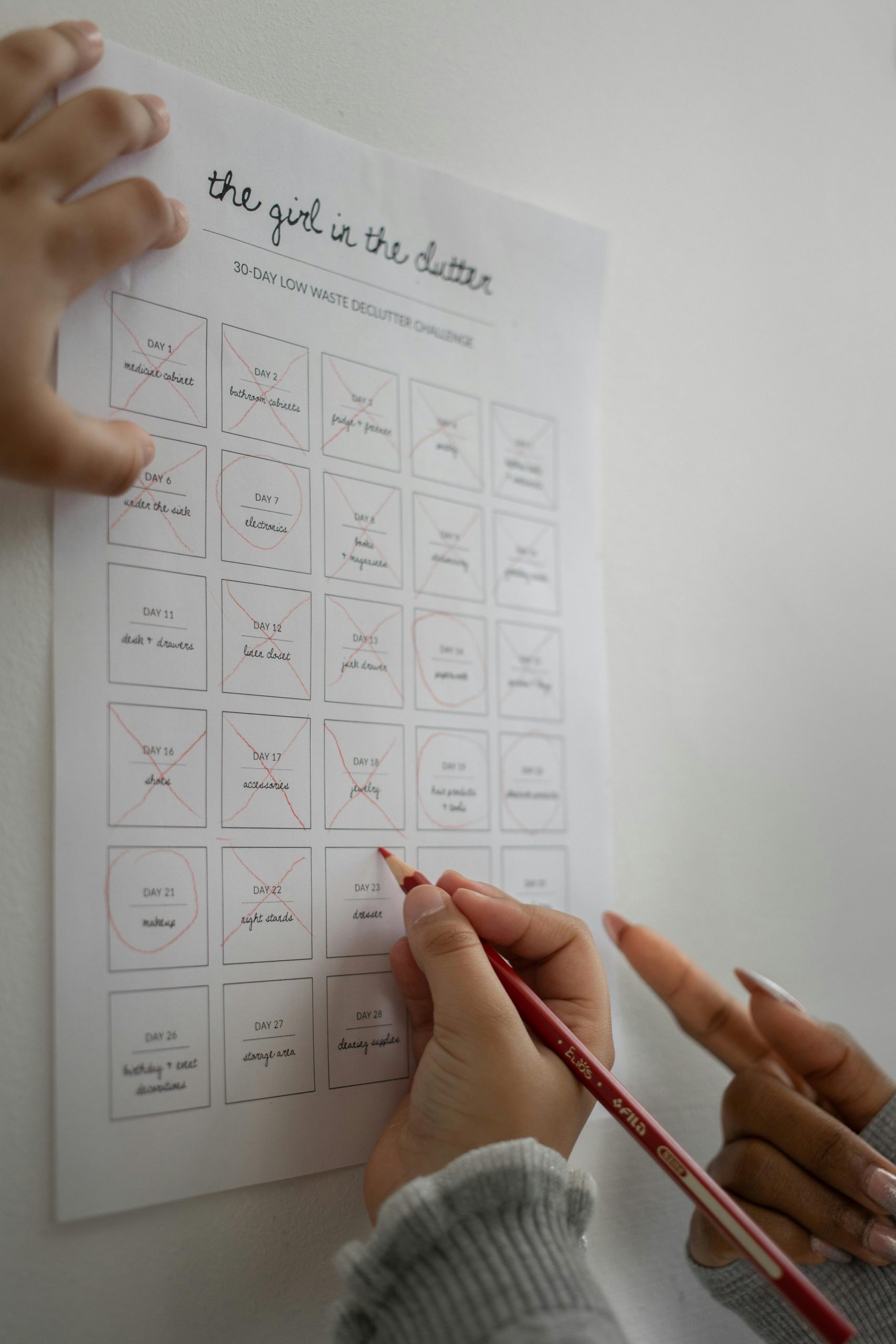Keeping kids engaged and learning at home doesn’t have to be a daunting task. With a little creativity and planning, you can turn everyday moments into fun, educational experiences. Whether you’re a parent, guardian, or caregiver, these simple strategies will help you design activities that are both enjoyable and enriching for children of all ages.
1. Identify Your Child’s Interests and Learning Style
Before diving into planning activities, take time to understand what excites your child. Are they fascinated by dinosaurs, space, or art? Do they learn best through hands-on experiments, visual aids, or storytelling? Tailoring activities to their passions and learning preferences will make education feel like play.
How to Assess Learning Styles
- Visual learners thrive with pictures, diagrams, and videos.
- Auditory learners benefit from discussions, songs, and audiobooks.
- Kinesthetic learners prefer movement, crafts, and experiments.
Once you know their style, incorporate it into activities. For example, if your child loves animals and is a visual learner, create a colorful animal classification chart together.
2. Create a Flexible Daily or Weekly Schedule
Structure helps kids stay focused, but rigidity can lead to burnout. A balanced routine with designated learning blocks, breaks, and free play keeps things engaging without feeling overwhelming.
Sample Daily Schedule
- Morning: Reading time or educational videos (20-30 minutes).
- Mid-morning: Hands-on activity (science experiment or art project).
- Afternoon: Outdoor exploration or physical activity.
- Evening: Reflection or storytelling.
Adjust the schedule based on your child’s energy levels and interests. The key is consistency with room for spontaneity.
3. Use Household Items for Hands-On Learning
You don’t need expensive materials to create educational activities. Everyday items can become powerful learning tools.
Simple Activity Ideas
- Math with measuring cups: Teach fractions while baking.
- Science in the kitchen: Make a volcano with baking soda and vinegar.
- Storytelling with toys: Use action figures to create imaginative narratives.
These activities reinforce academic concepts while making learning tangible and fun.
4. Incorporate Technology Wisely
While screen time should be monitored, educational apps and videos can supplement learning. Choose high-quality, interactive resources that align with your child’s curriculum or interests.
Recommended Educational Resources
- Khan Academy Kids: Free, engaging lessons in math and reading.
- National Geographic Kids: Fun facts and videos about animals and science.
- Duolingo: Interactive language learning for older kids.
Set clear limits—for example, 30 minutes of educational screen time followed by an offline activity.
5. Encourage Exploration and Curiosity
Children learn best when they’re curious. Foster a love for discovery by asking open-ended questions and letting them lead the way sometimes.
Ways to Spark Curiosity
- Nature walks: Collect leaves or rocks and research them later.
- DIY projects: Let them design a simple invention with recyclables.
- Question jar: Write down their “why” questions and explore answers together.
By nurturing their natural inquisitiveness, you help them become lifelong learners.
Conclusion
Planning educational activities at home can be both fun and effortless when you focus on your child’s interests, use everyday resources, and maintain a flexible routine. The goal isn’t perfection—it’s creating meaningful learning moments that inspire curiosity and joy. With these strategies, you’ll turn your home into a vibrant classroom where every day brings new opportunities to explore, create, and grow.
